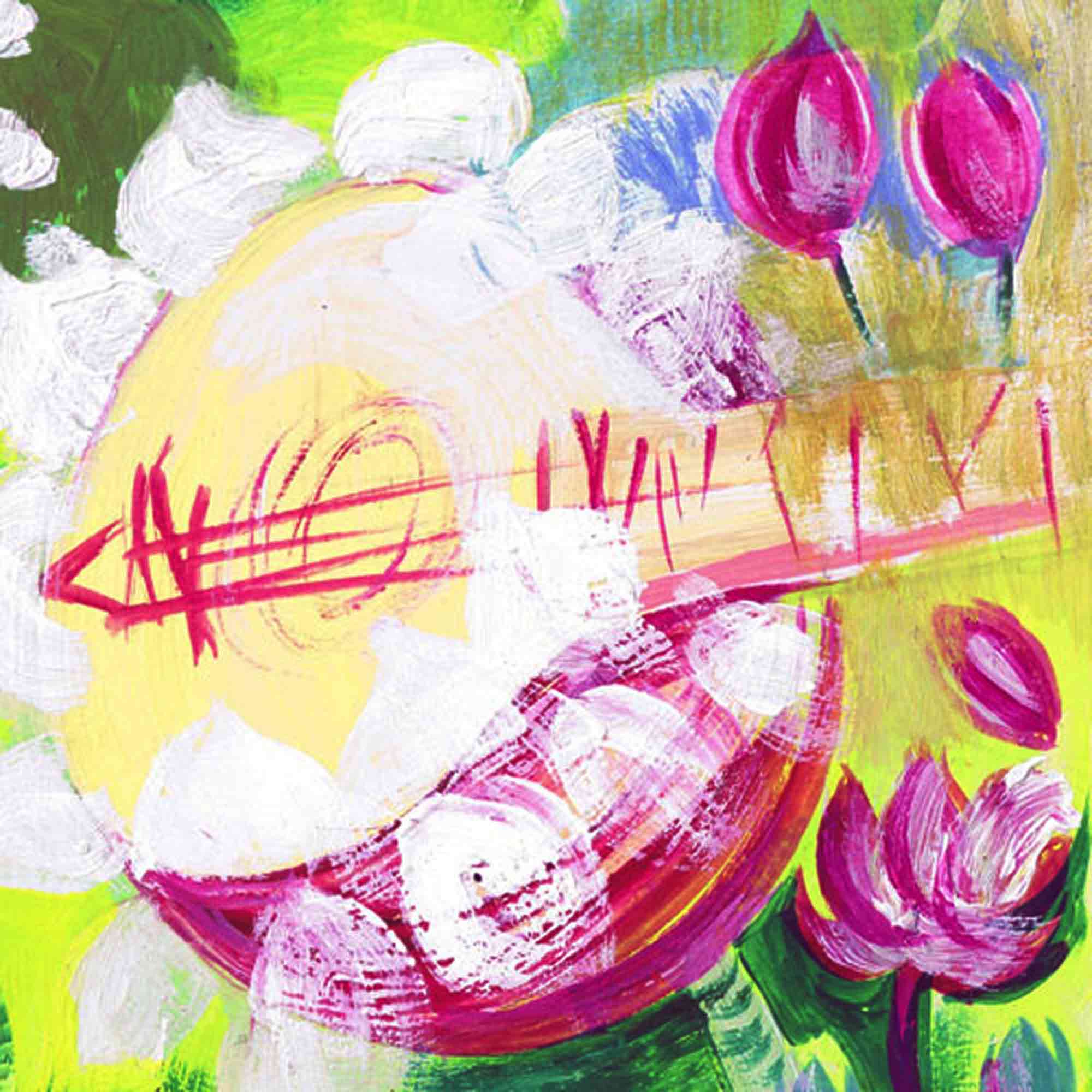Organisé par Patrick Villanueva pour les étudiants du jazz (24 octobre 2011)
dear Ludwig, again thank you for your presentation. Everybody liked it and I appreciated your effort of doing it in french. Above all, your insistance on playing and expressiveness brought freshness to the difficulties of indian rhythms, and what came after you (claves and body percussion)! I also enjoyed very much exchanging challenging ideas about education … Patrick Villanueva

